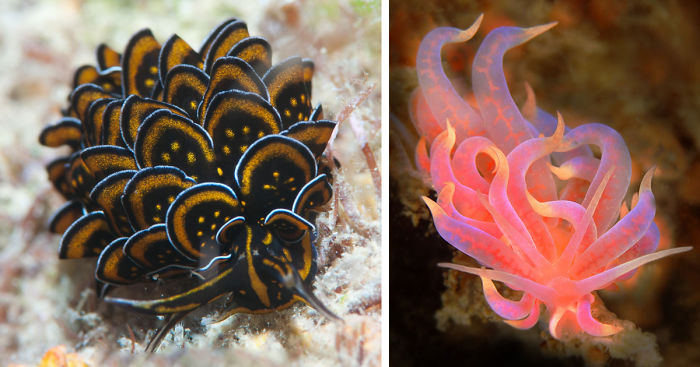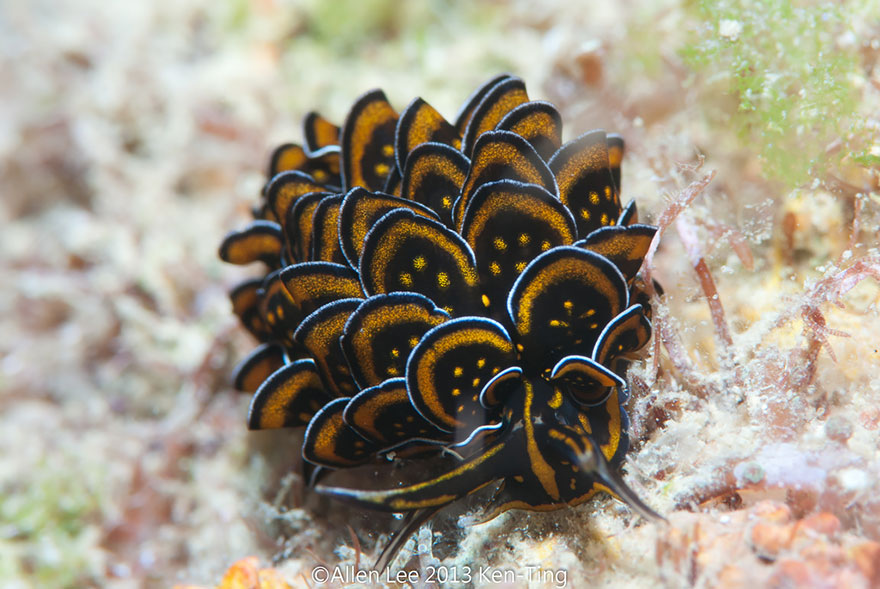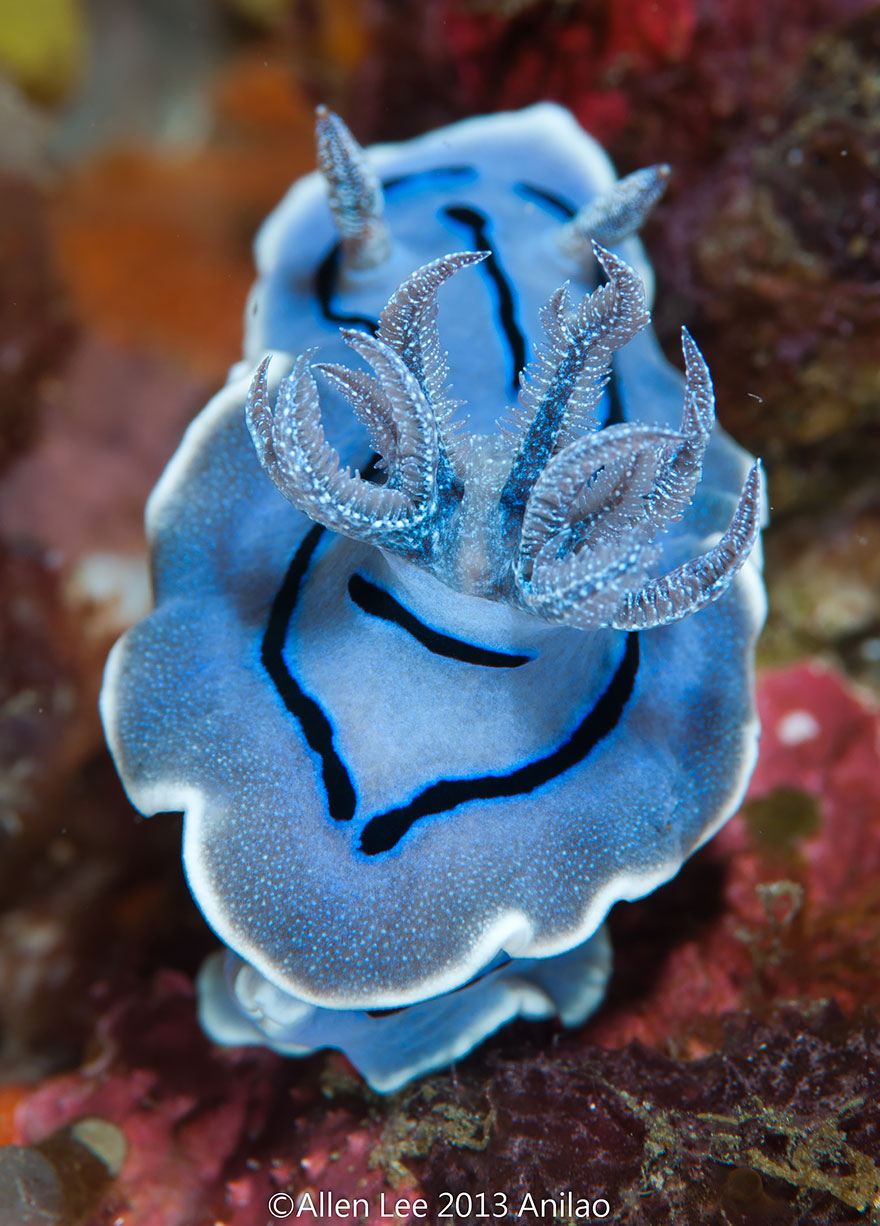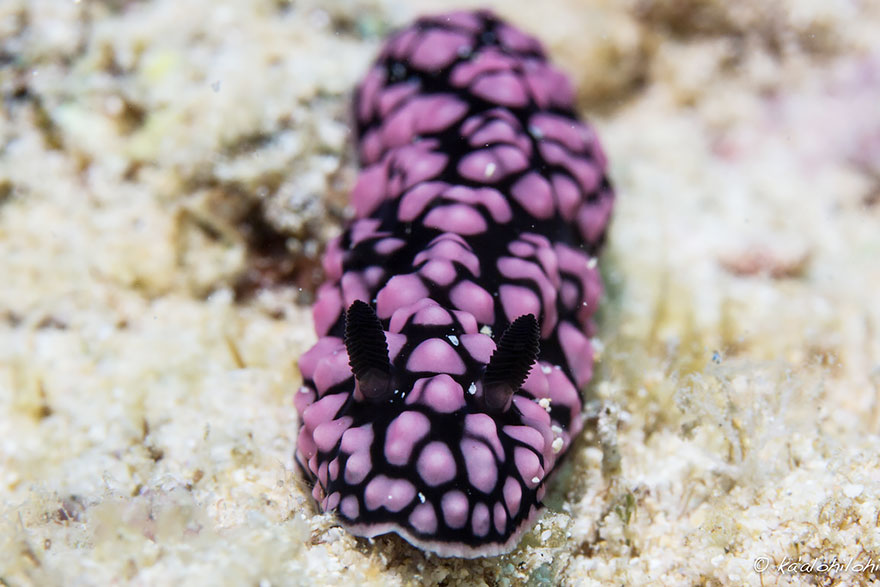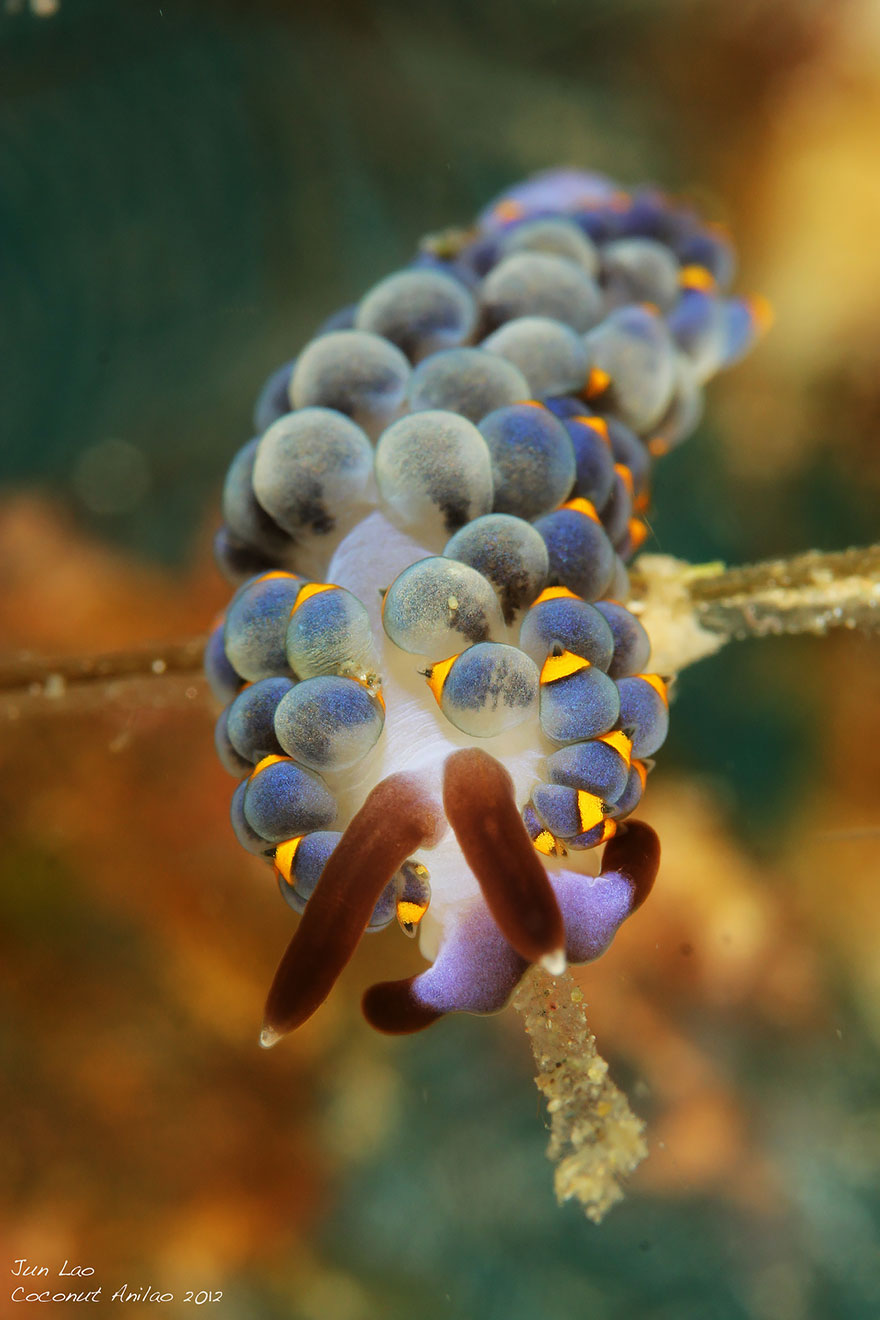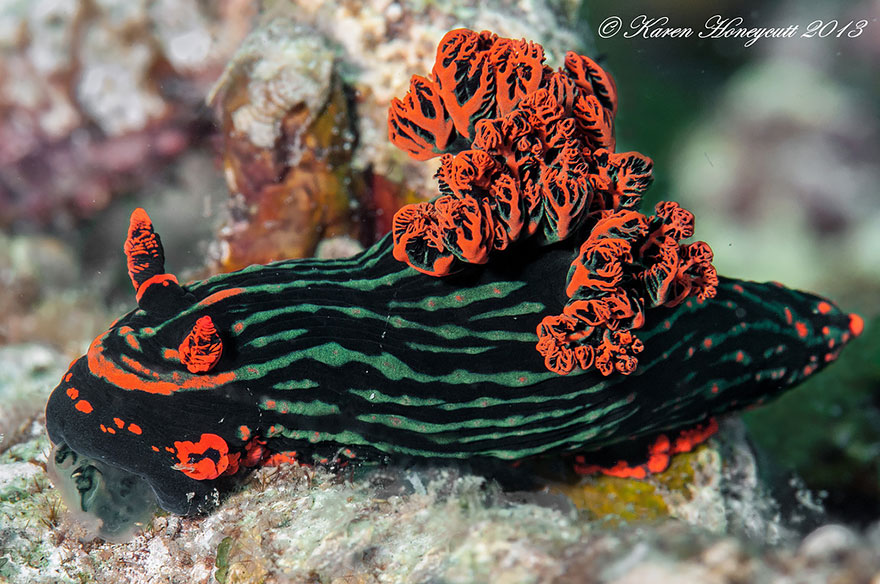Seeing how much you liked our "Sea Bunny" and "Sea Sheep" post, we decided to dive deeper to see what else is hidden beneath the sea. We were pleasantly surprised to find that the ocean is full cute slugs!
Most of these “slugs” are actually snails that have lost their shells and gained new characteristics through evolution. For example, sacoglossans are sometimes called “solar-powered sea slugs” because they use chloroplasts from the algae they eat in their own tissue.
Vote for your favorite, or if you happen to be a deep-sea diver, post your own pictures below!
This post may include affiliate links.
Blue Angel (Glaucus Atlanticus)
Phyllodesmium Poindimiei
Dirona Albolineata
Cadlinella Ornatissima
Janolus Fuscus
Hypselodoris Kanga
Cyerce Nigricans
Sea Bunny (Acanthodoris Pilosa)
Leaf Slug (Elysia Chlorotica)
This sea slug is capable of producing its own food from photosynthesis. The green pigment inside its body is really chlorophyll, the same pigment found in green plants used to absorb the light energy for photosynthesis. However this sea slug did not make the chlorophyll itself, instead it was obtained from the algae they consumed at earlier stage of their life.
Lettuce Sea Slug (Elysia Crispata)
Thanks for picking up my photo of E. crispata! Here's an excerpt from my blog about it: Lettuce Sea Slug With a name like E. crispata and an appearance like curly salad greens, the Lettuce Sea Slug could almost find itself at home in your crisper drawer. It looks like a nudibranch, and those who know me know I love nudibranchs, but it isn't. It's not even closely related to nudibranchs. It belongs to a different category of slug entirely, known as "sap-sucking slugs," named for its propensity for slurping the juicy bits out of the algae it eats. It even retains chloroplasts in its tissues that provide it with sugars. AND it's frilly. Sweet. - See more at: http://www.ashleyhauck.com/blog/curacao-slugs-snails-spirobranchs/
Flabellina Iodinea
I would love to see this one in motion....but that is true of all these beauties.
Janolus Barbarensis
This is a Janolus fuscus and NOT a J. barbarensis, which are tipped with orange and blue.
Chromodoris Alius
Hypselodoris Apolegma
Mediterranean Cow (Vaquita Suiza)
?
Willan's Chromodoris
Hermissenda Crassicornis
Phyllidiella Pustulosa
Flabellina
Glossodoris Atromarginata
Accepted scientific name is Doriprismatica atromarginata and commonly referred as the Black-margin Nudibranch
Unknown
Glossodoris Atromarginata
Donut Nudibranch
Banyuls Sec Vallenti
Mexichromis Multituberculata
Acanthodoris Lutea
Ceratosoma Amoena
Phyllodesmium Opalescens
Trinchesia Yamasui Hamatani
Chromodoris Strigata
Trinchesia Sibogae
Frosted Nudibranch
Phyllodesmium Serratum
Onchidoris Bilamellata
Okenia Hopkinsia Rosacea
Hypselodoris Festiva
Phyllidia Ocellata
Hydatina Physis
Chromodoris Sinensis
Nembrotha Kubaryana
Goniobranchus Albopunctatus
Chromodoris Reticulata
Unknown
Chromodoris Reticulata
Melibe Leonina
I love these things. They have terrifying giant mouth-hoods, and yet they still have those little bunny-ear-like rhinophores on their heads. They’re like nightmare bunnies. Also, they release watermelon-scented defensive toxins.

 Dark Mode
Dark Mode 

 No fees, cancel anytime
No fees, cancel anytime 






